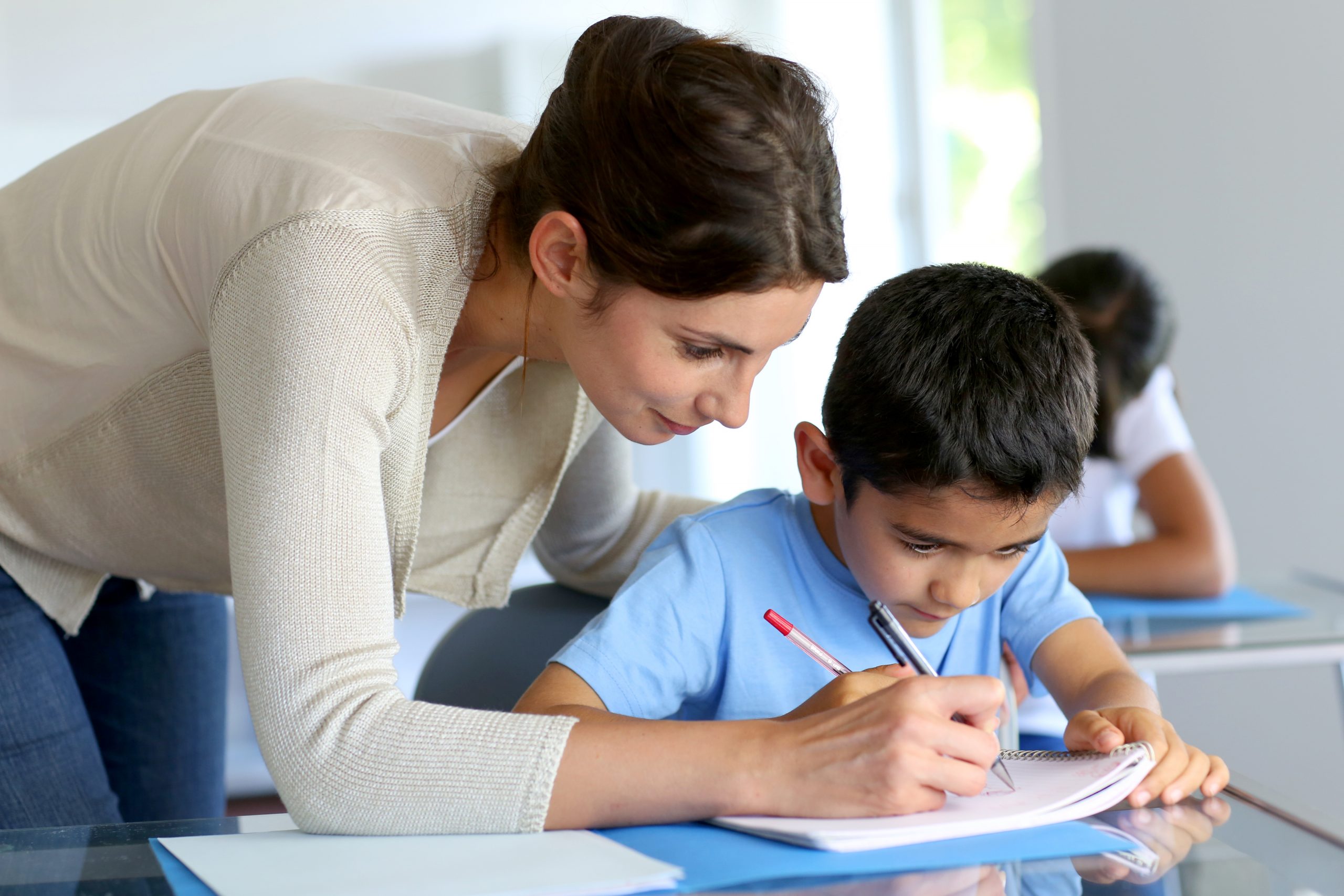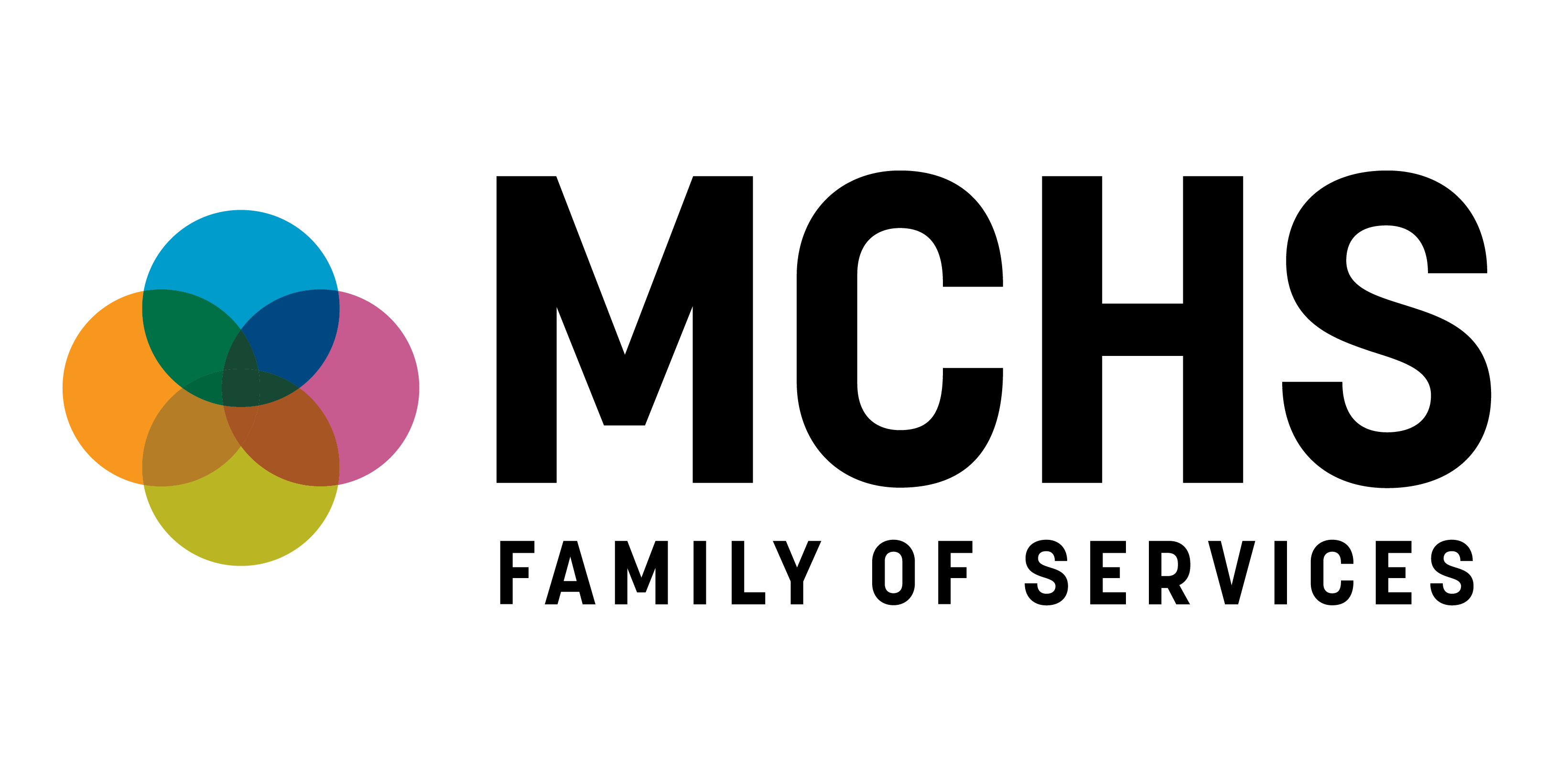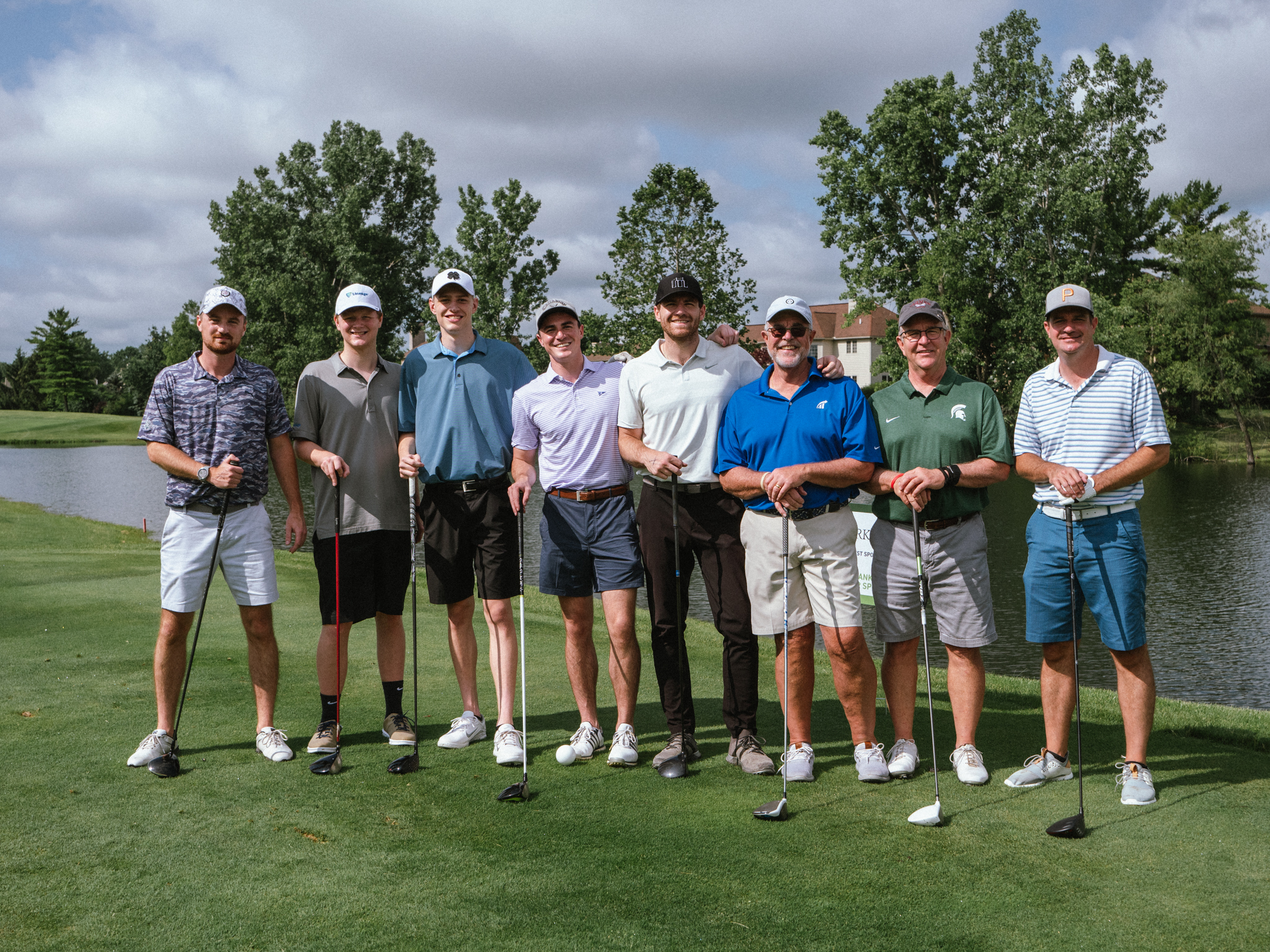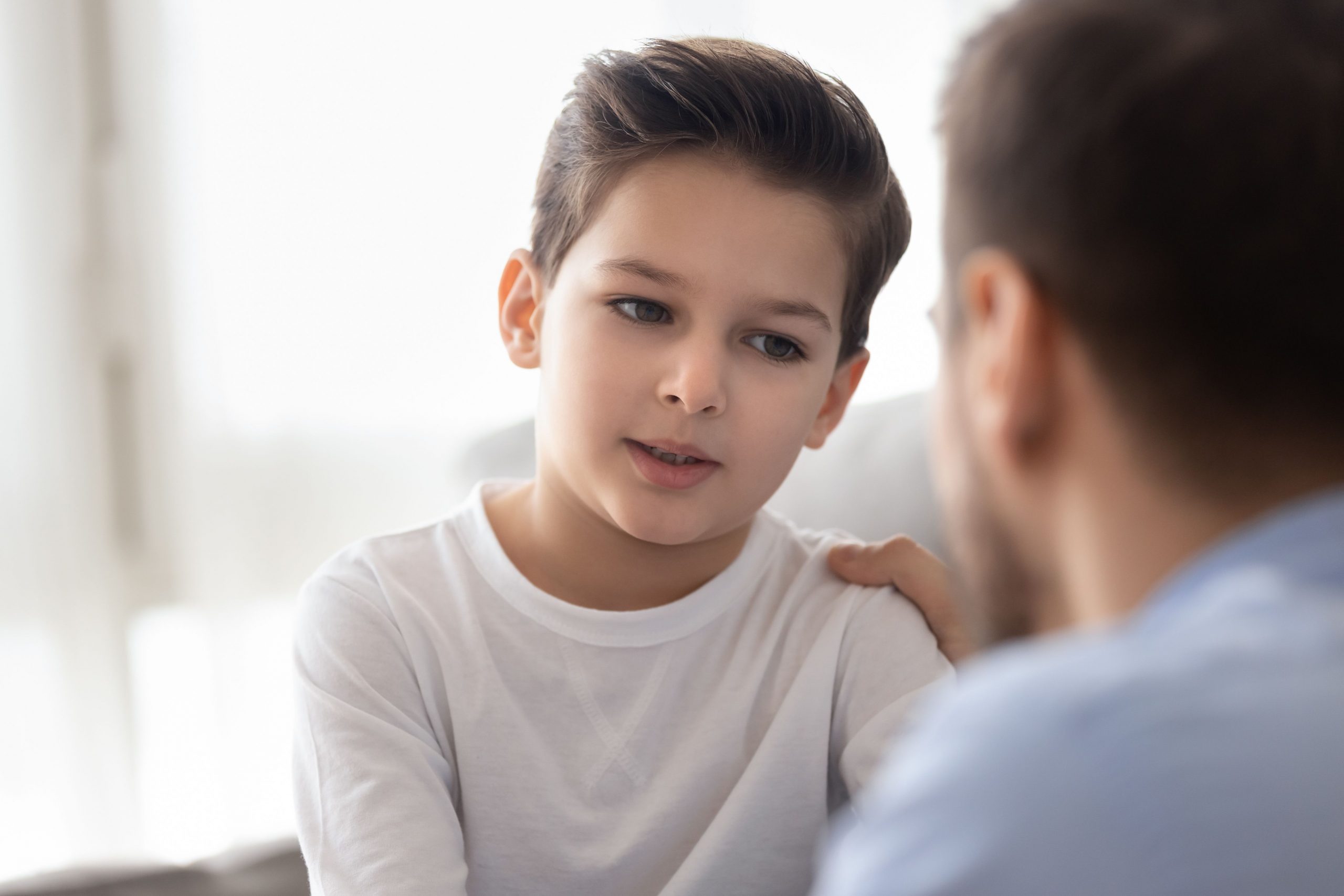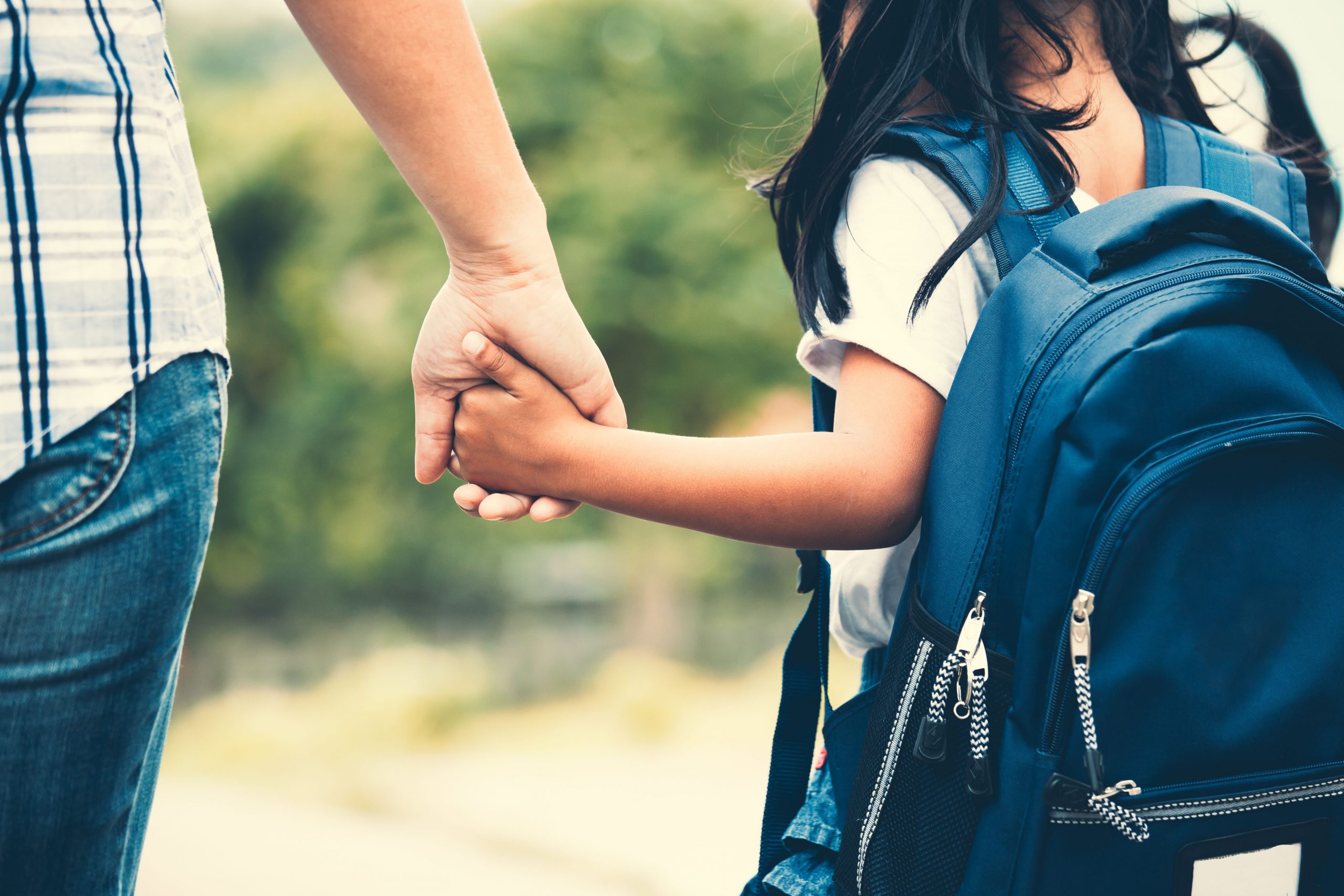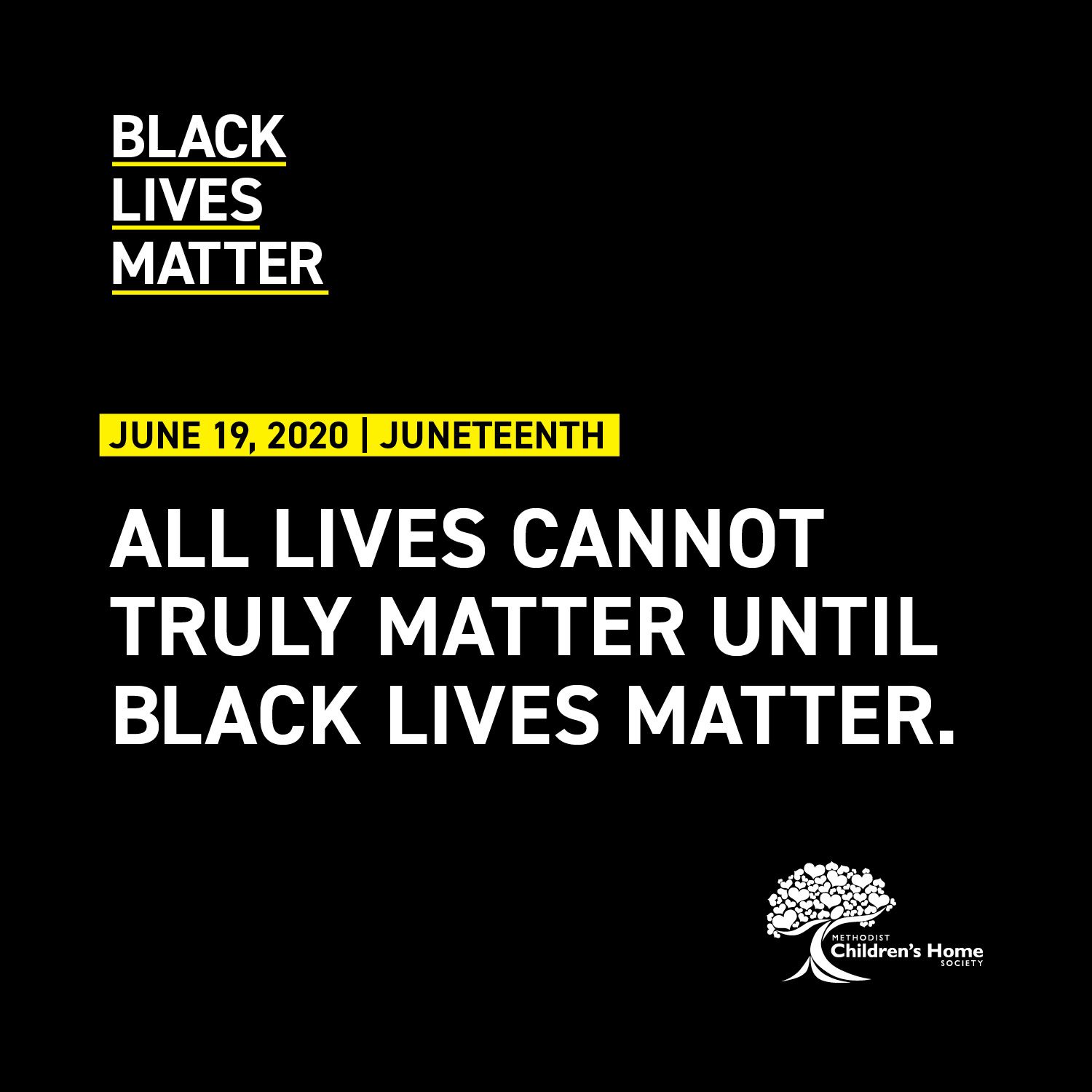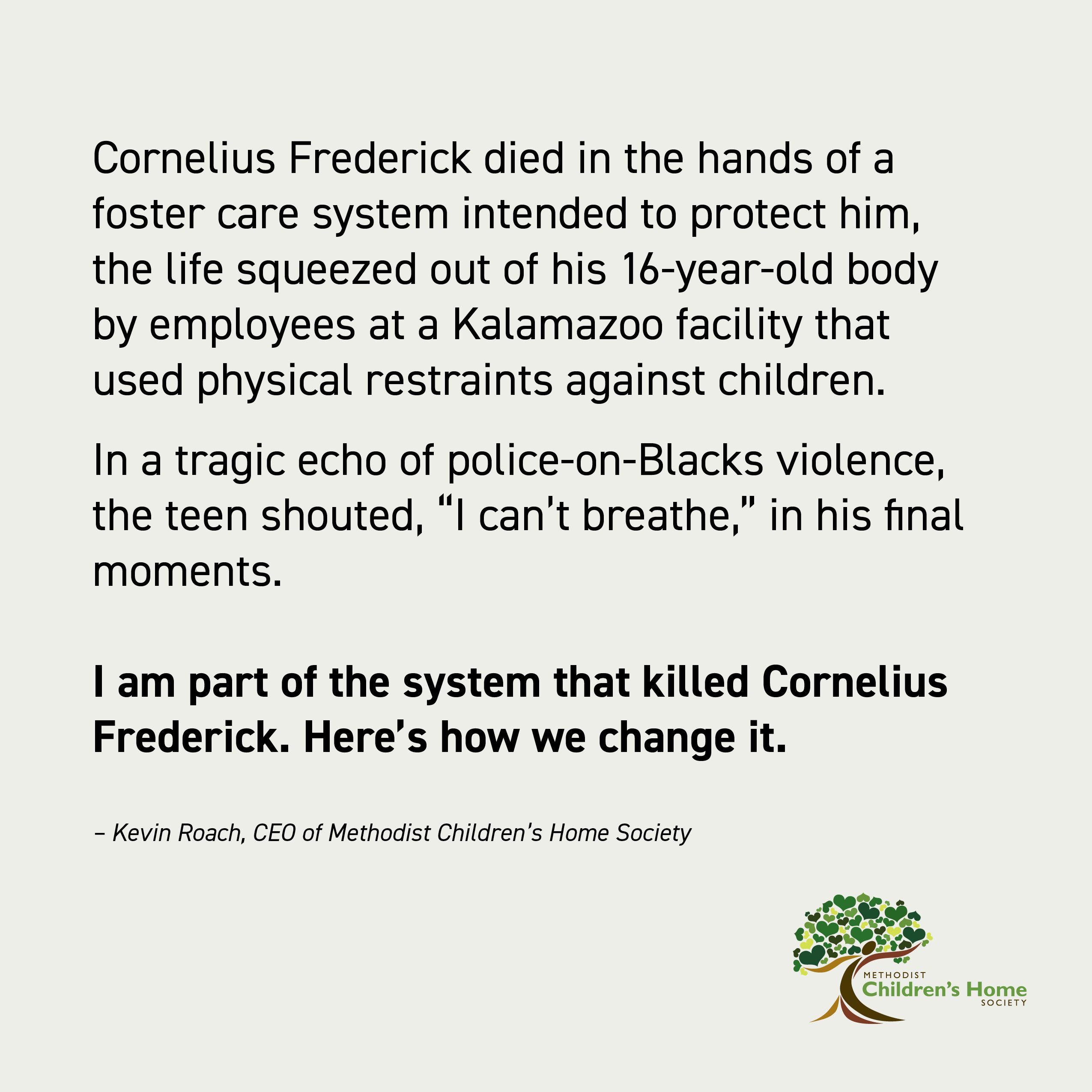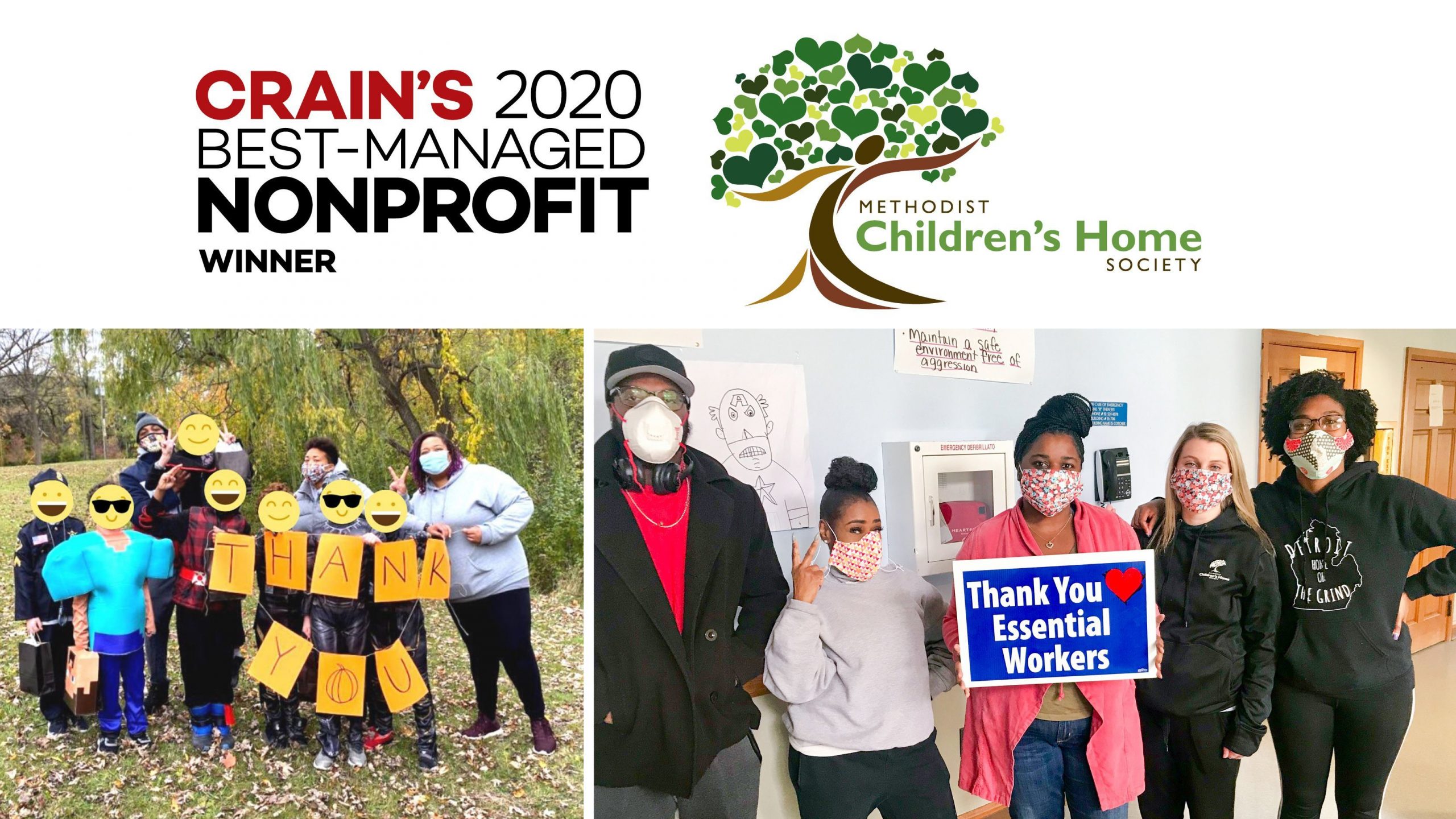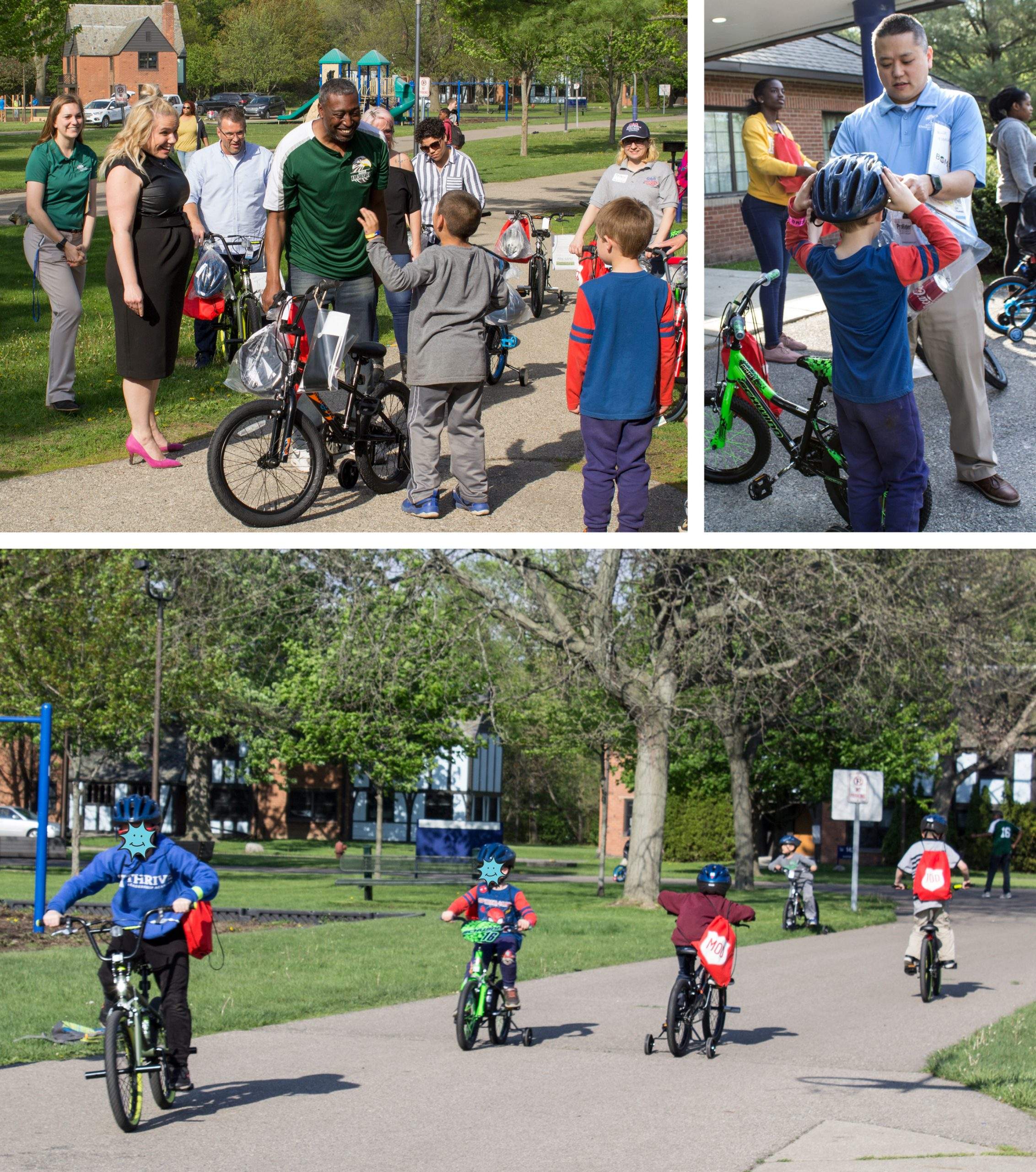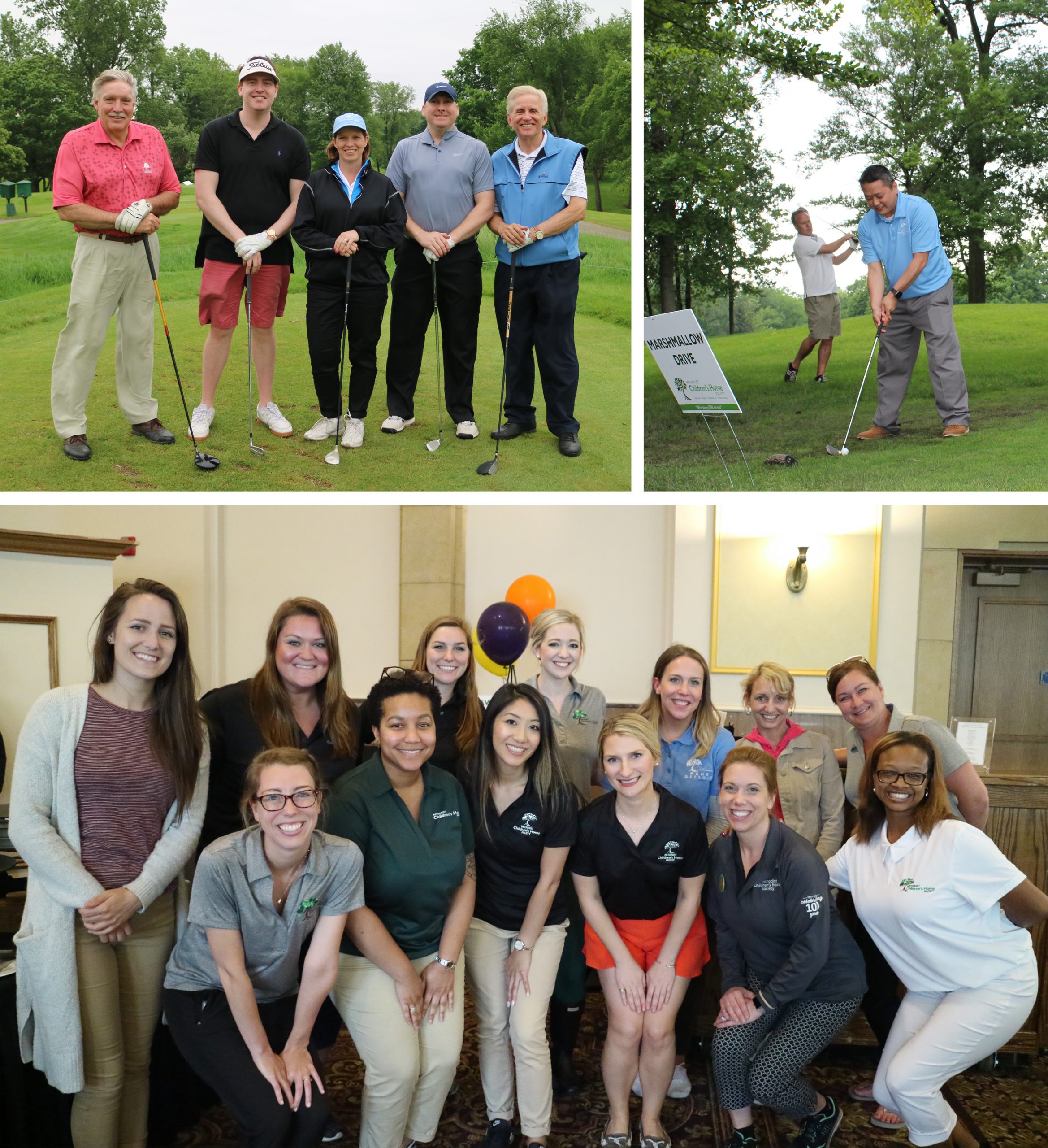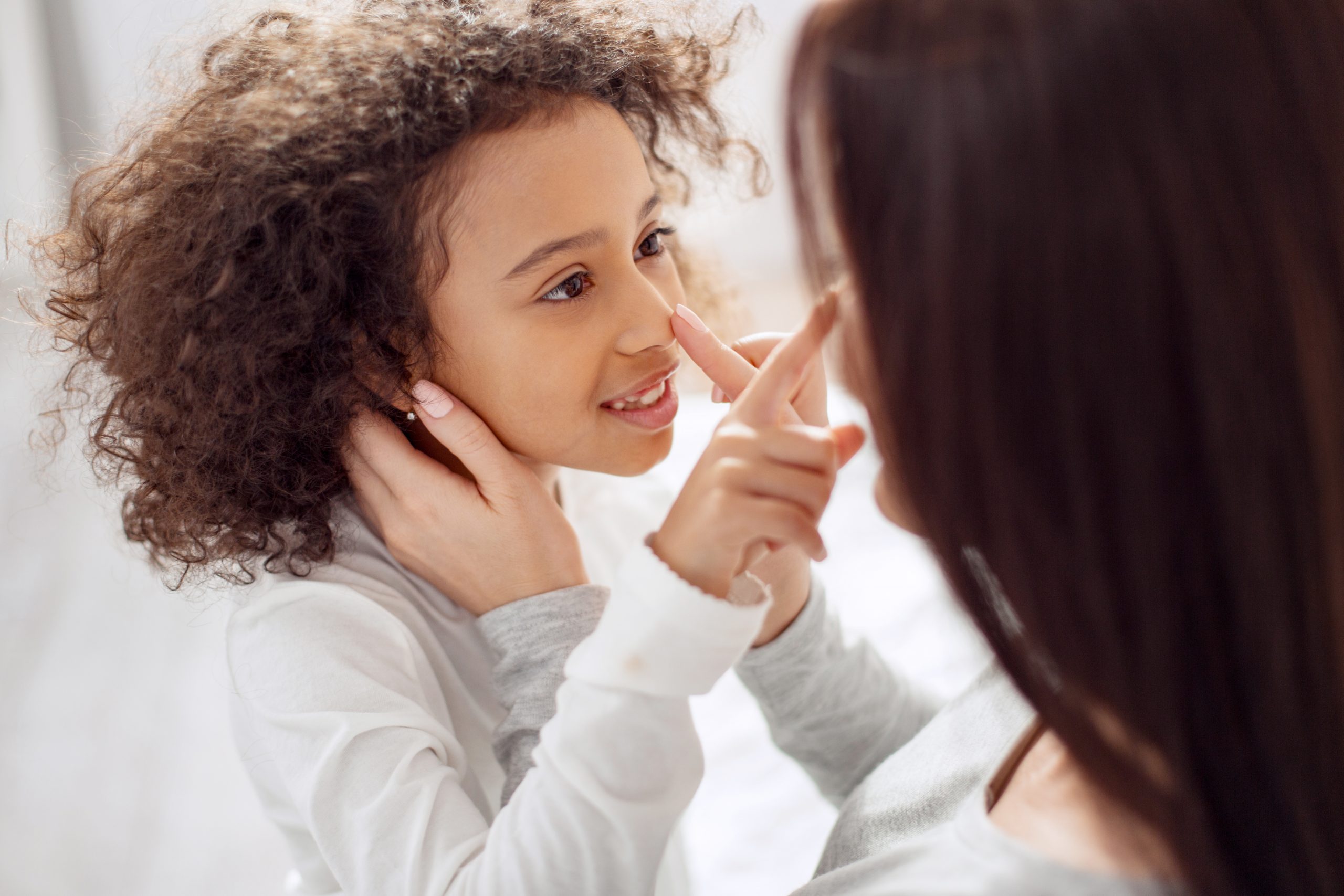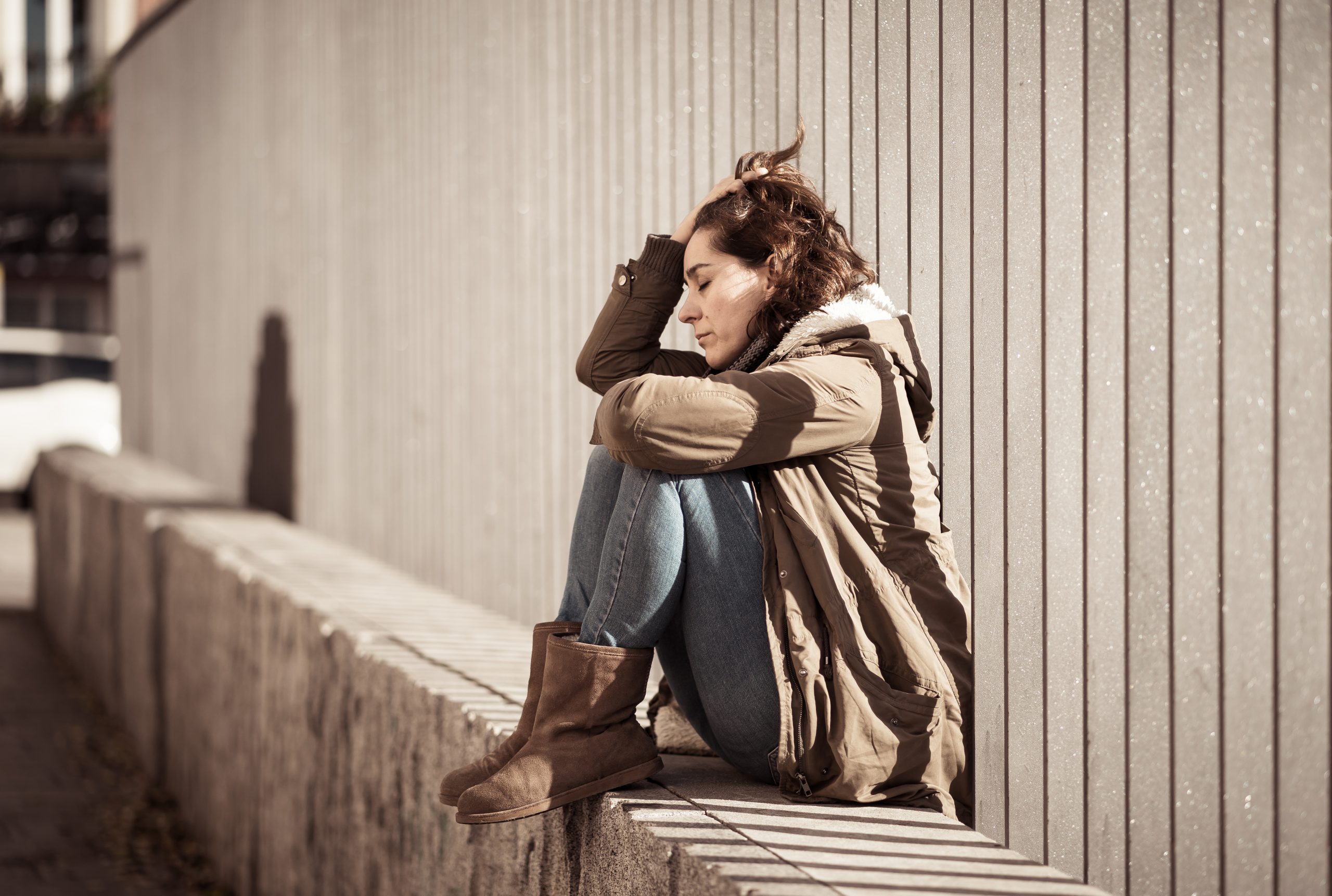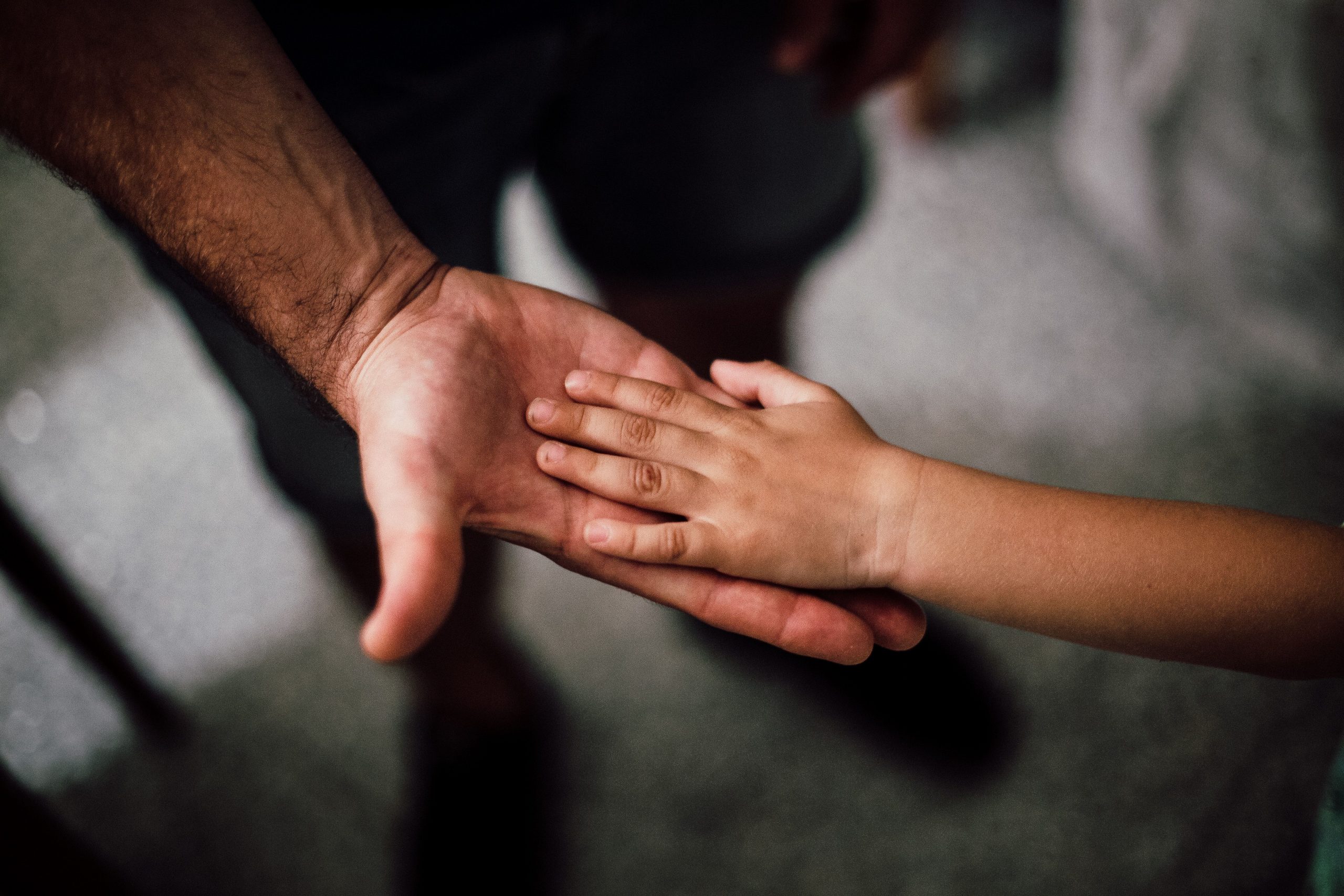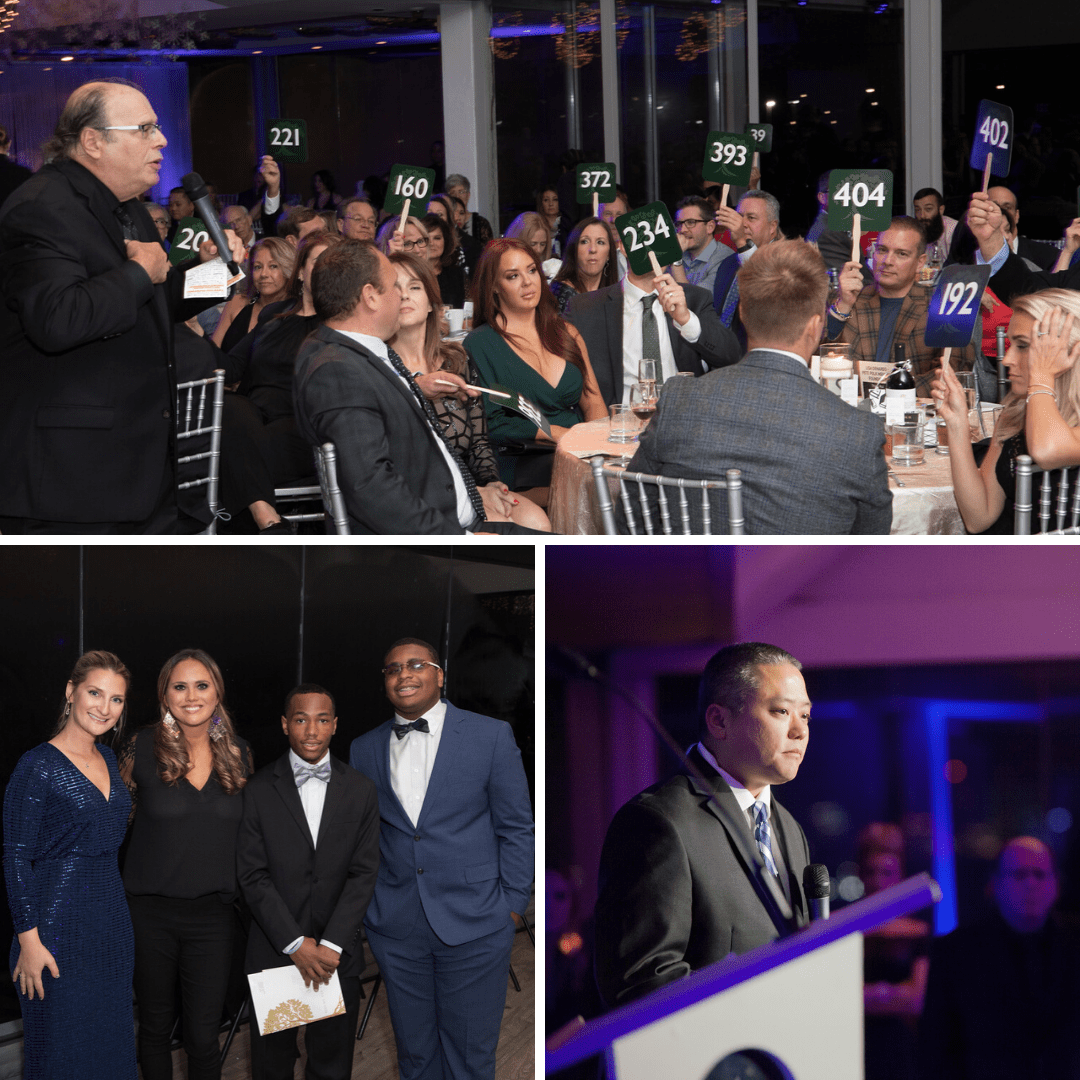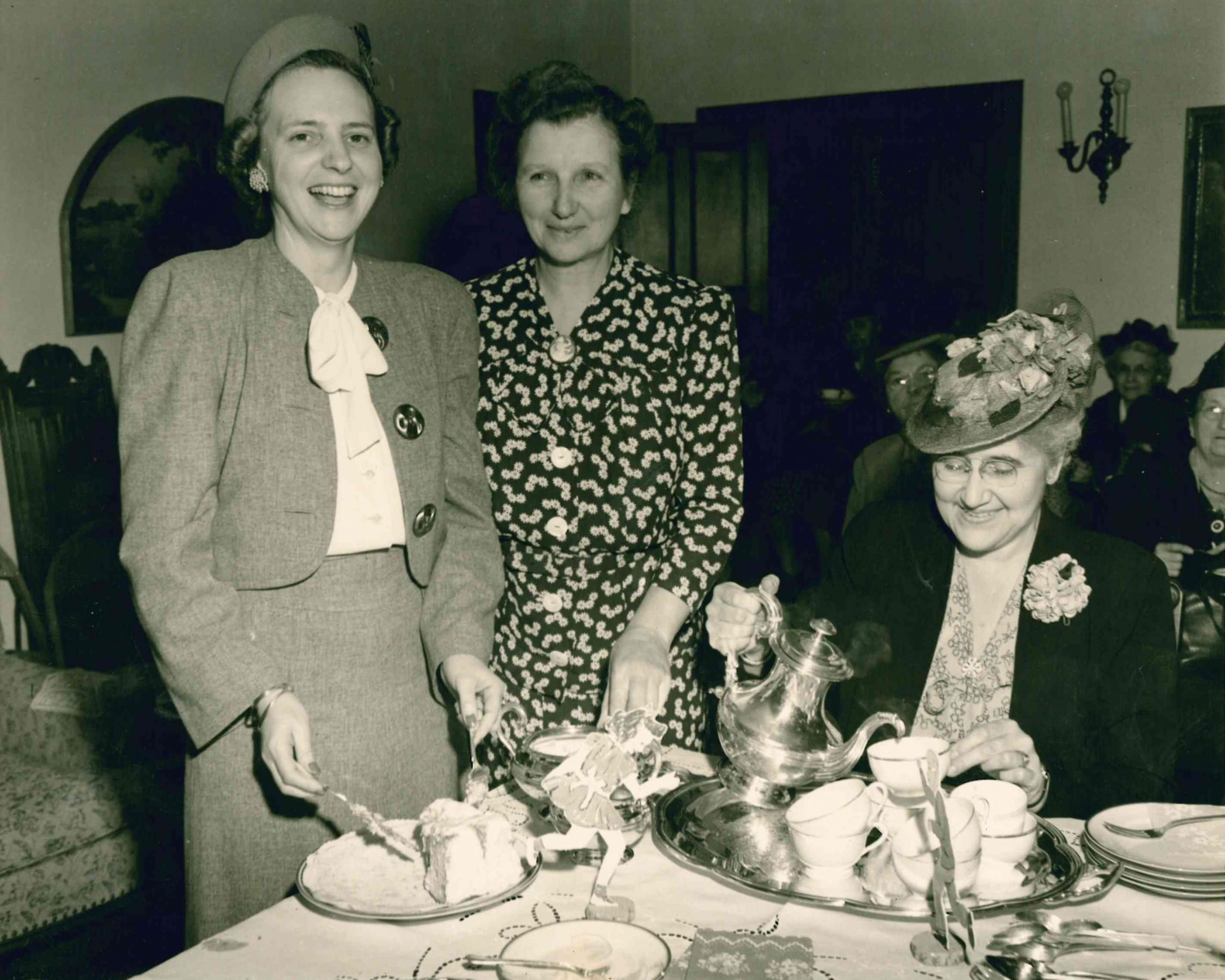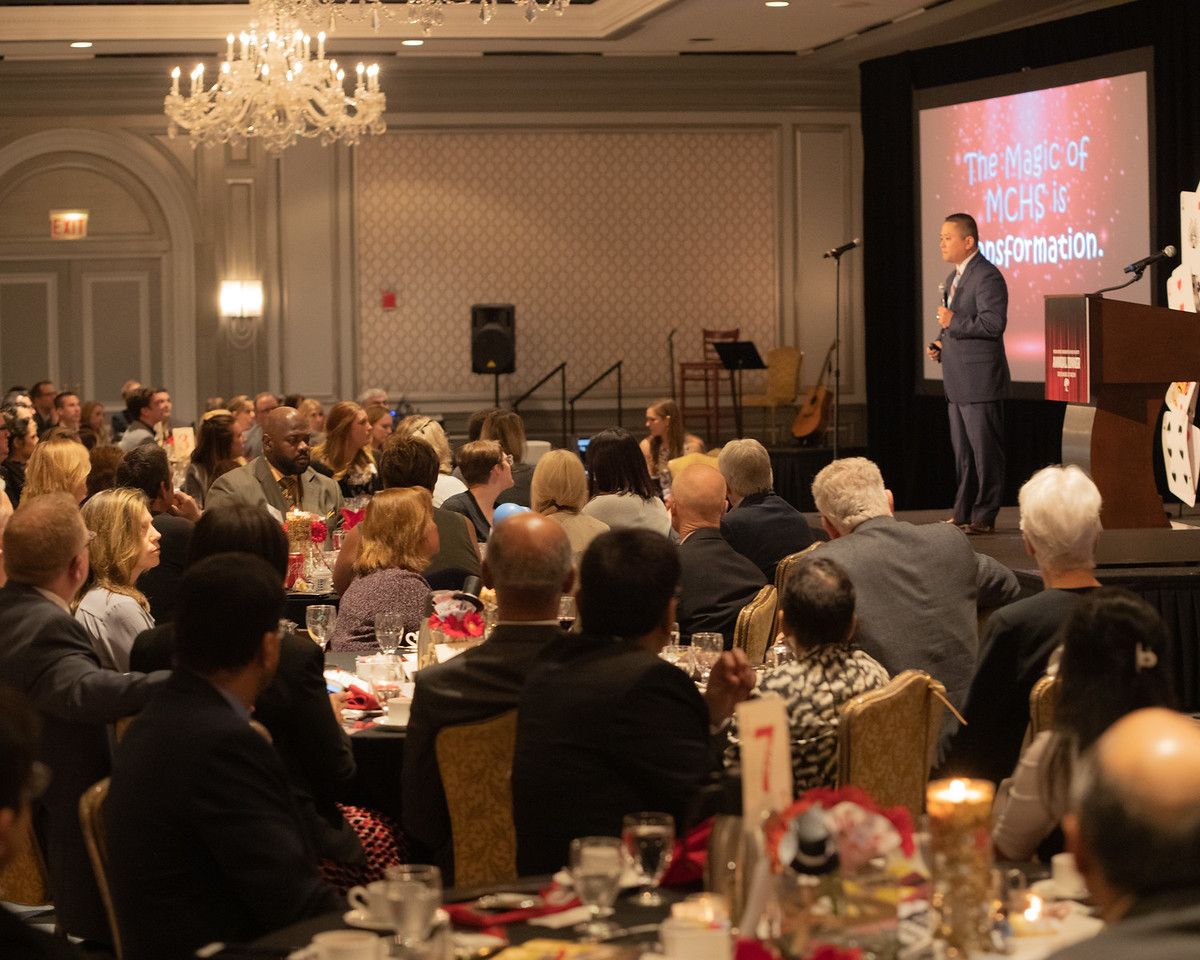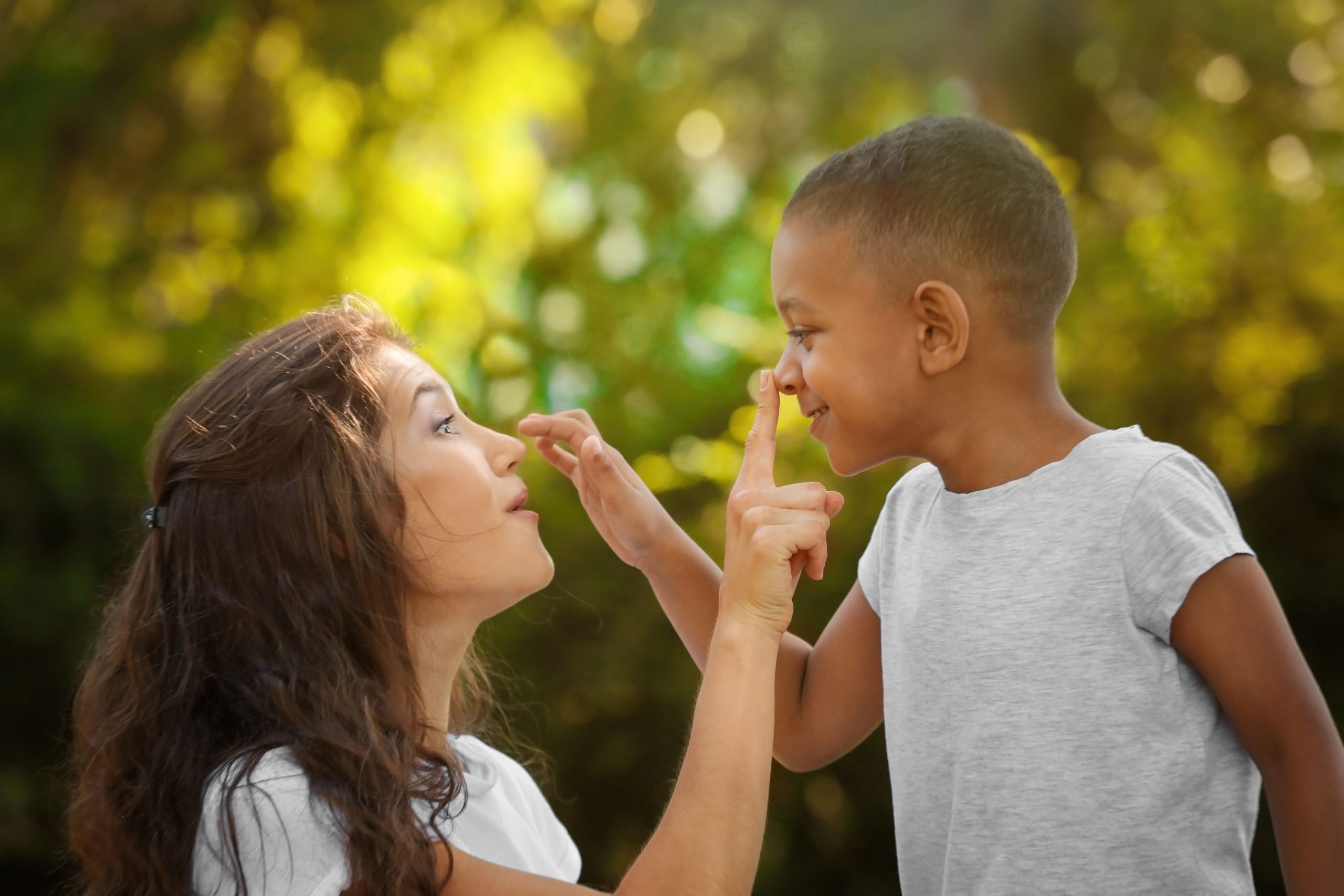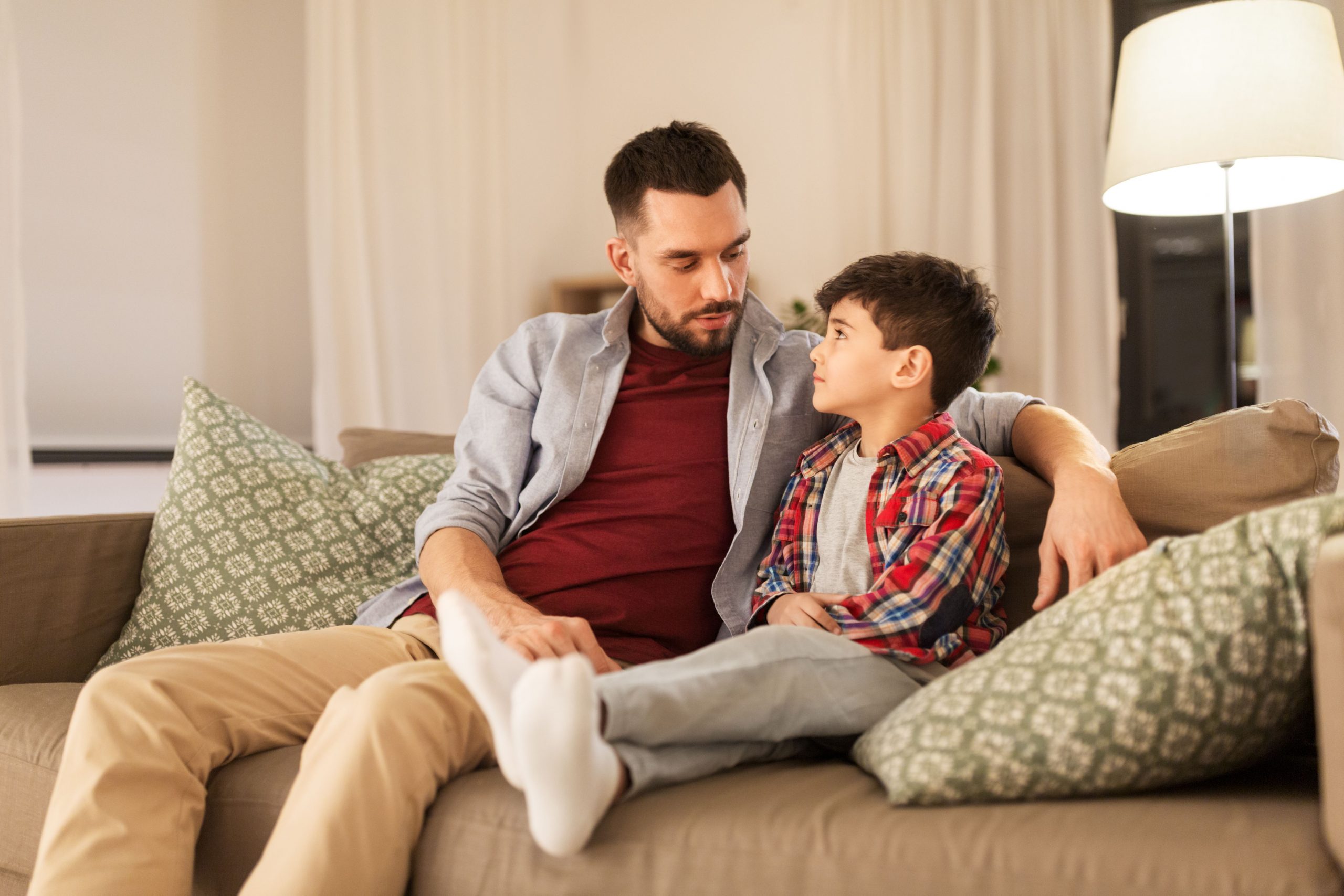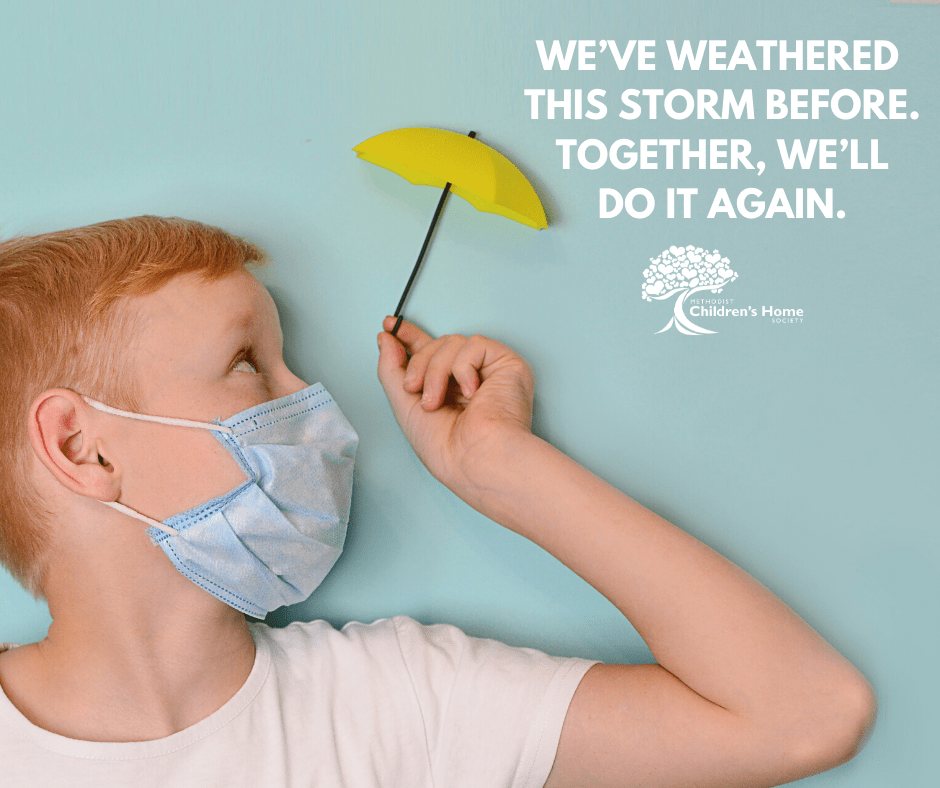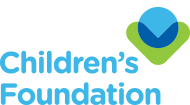Because of our partners, donors...
Residential Treatment
education
education
Children in foster care often struggle academically due to the fluctuating environment of changing homes and schools. Studies show that students lose an estimated four to six months of academic progress every time they switch schools. Students who have attended more than two schools in the grades K-5 remain behind their peers in reading through twelfth grade. The majority (88 percent) of children at MCHS have been identified as cognitively or emotionally impaired. Children struggling through mental health and trauma find it overwhelmingly difficult to keep pace with their peers in a traditional educational setting.
The majority of children in our residential program attend public schools in our community. However, when a child needs more support our on-grounds school is readily available with the necessary staff and resources. Our certified teachers build upon the curriculum provided by the local public schools with an individualized plan for each child. These custom plans deliver the skills and strategies our children need to succeed academically. Individualized plans and hands-on projects are used to help our children catch up to their classmates in math and reading comprehension while remaining aware of their special needs as a survivor of child abuse and neglect.
For many of our older children, the best option for school is through the local district’s virtual learning program where students earn high school credits while working at their own pace. For high school students who need credit recovery, we work with the local public high schools and alternative high school to ensure they have the opportunity for credit recovery courses on the path toward a high school diploma or GED. With this option, many of our boys have been able to graduate high school – a great accomplishment after their many years of disrupted education due to their traumatic pasts.
For many of our older children, the best option for school is through the local district’s virtual learning program where students earn high school credits while working at their own pace. For high school students who need credit recovery, we work with the local public high schools and alternative high school to ensure they have the opportunity for credit recovery courses on the path toward a high school diploma or GED. With this option, many of our boys have been able to graduate high school – a great accomplishment after their many years of disrupted education due to their traumatic pasts.
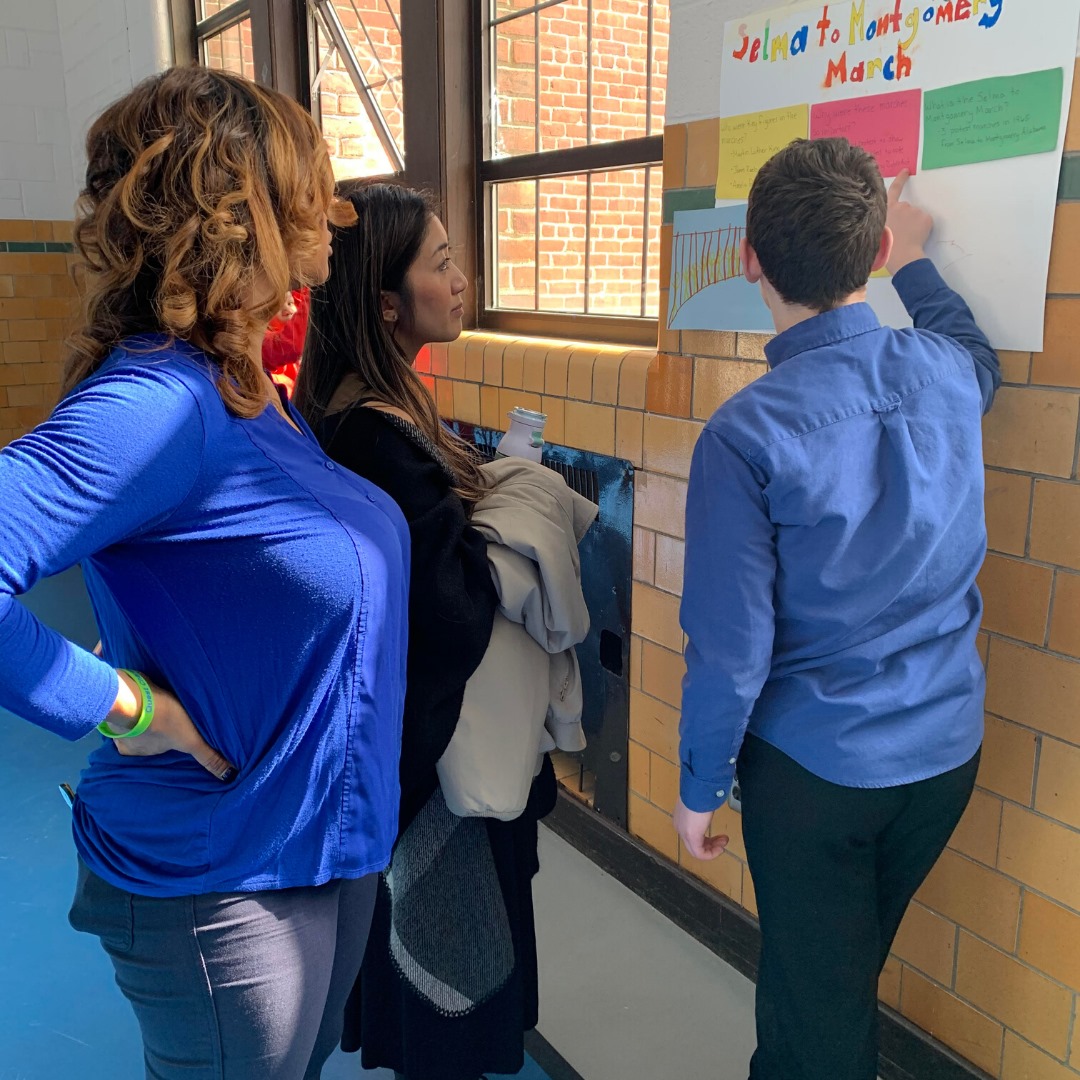
Children struggling through mental health and trauma find it overwhelmingly difficult to keep pace with their peers in a traditional educational setting.
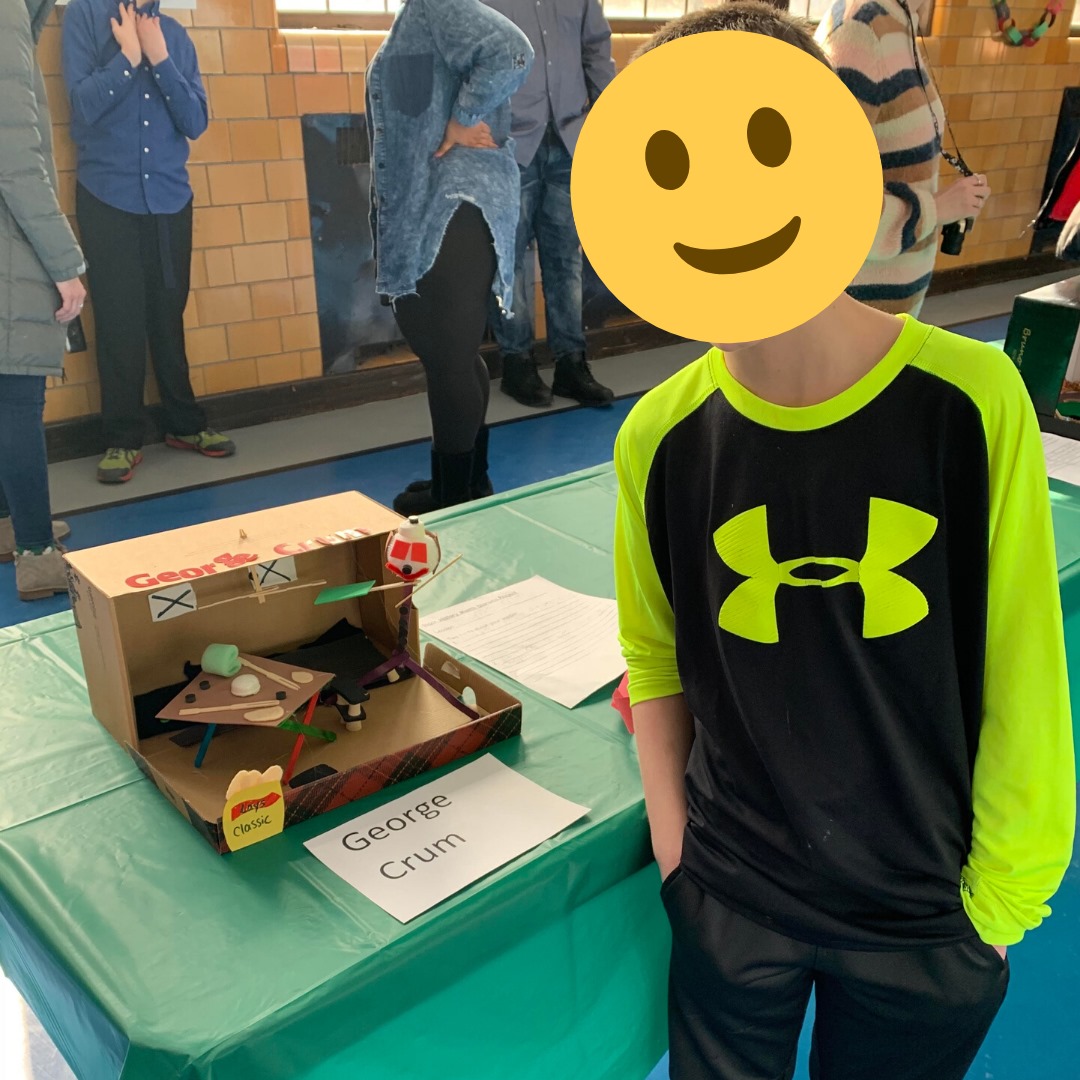
For many of our older children, the best option for school is through the local district’s virtual learning program where students earn high school credits while working at their own pace.
Added Support
When Mark arrived at MCHS, he was unable to attend the local public school. Internal and external triggers caused frequent outbursts toward peers and staff, destruction of property and leaving the classroom. While Mark was not far behind in his grade level academically, he often struggled to complete work and acted out when he was frustrated. As a student in the on-grounds school at MCHS, Mark received one-on-one instruction and emotional support from his teacher, therapist and residential staff. At the beginning of the second semester, Mark began attending the local public school for part of the day. After a month of transitioning between on-campus classes and public school, Mark was able to successfully transition fully into the public school system and attend classes without frequent outbursts and behavioral issues. Some students require added support before diving into the atmosphere of a new school.
